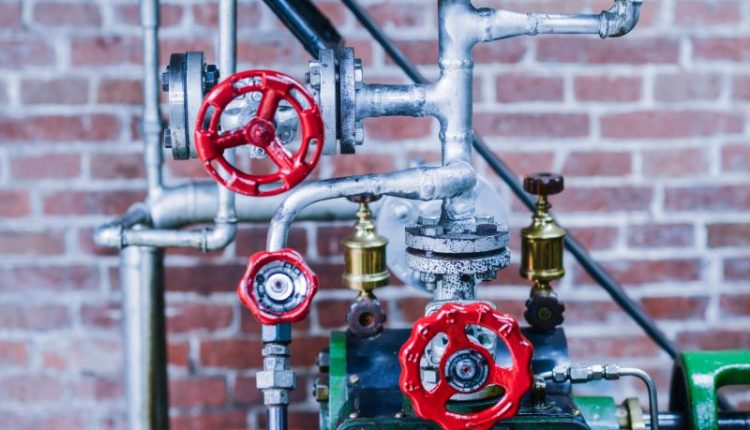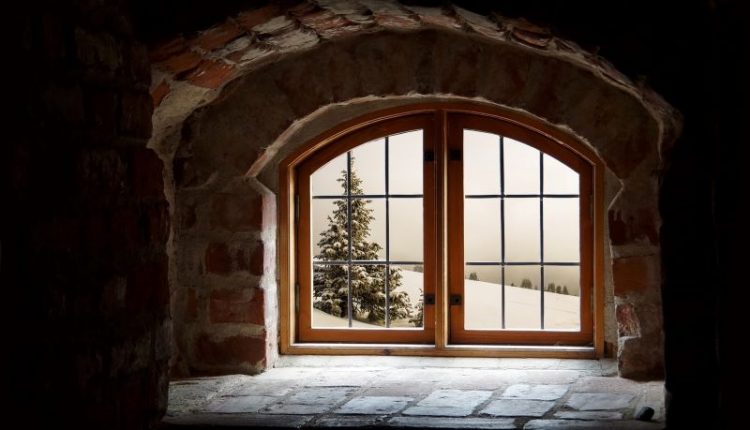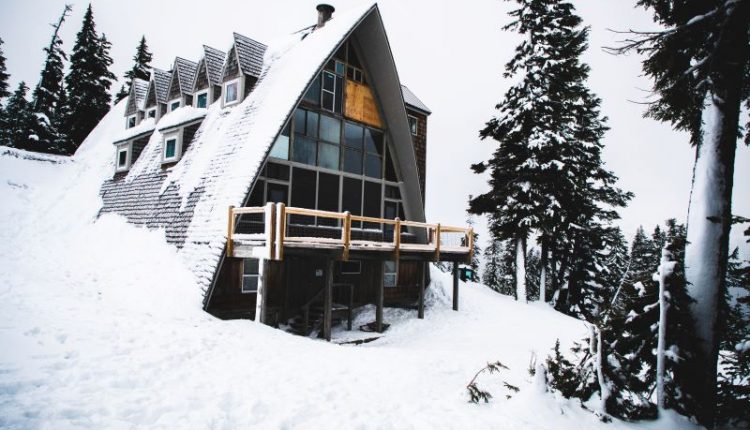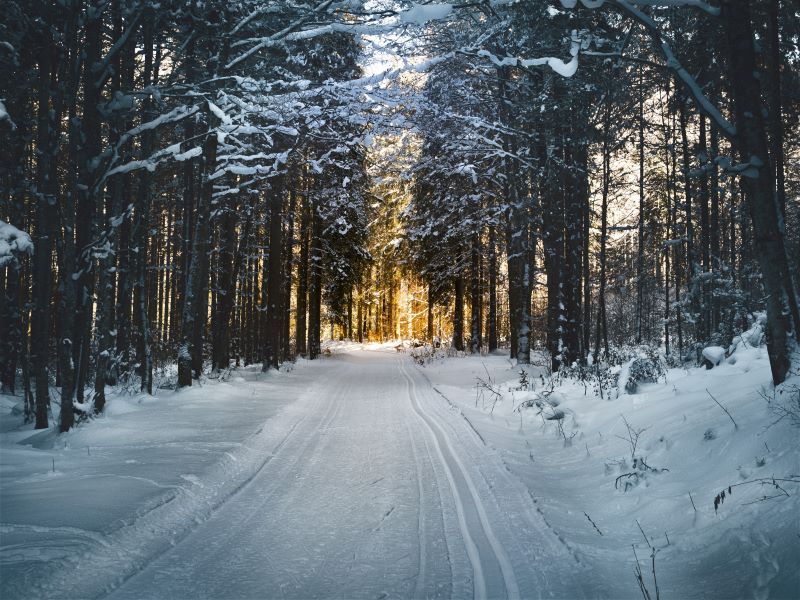It’s no surprise that winters are getting much colder and much snowier than before, which means that your home is more vulnerable and susceptible to the winter than ever. Winter is that time of year that requires you to make arrangements to prepare your home for the cold months to come, and there can be terrible consequences if precautions are not made and home upgrades are not considered. This list of tips will provide you with all the necessary information you need to winter-proof your home through technology and planning.
Lag your pipes to reduce heat loss:
If you have never heard of lagging pipes before, well it is simply just the process of insulating your pipes with a type of foam sheath. This is a cheap and quick fix that requires little to no knowledge in DIY and will help your pipes to maintain their temperature. This is an important step to take when winter-proofing your house, as the cold temperatures can freeze the water in your pipes causing them to burst and leave you and your family with a significant lack of running water, as well as a huge mess.

Check your gutters and gullies for debris:
Your gutters and gullies will most likely be full of leaves from autumn. This is an issue as the debris in the pipes can build up over time and cause blockages. This constant reservoir of water will damage whatever it is in prolonged contact with. This means that it can erode roof tiles, patios, and building foundations, which is an expensive fix or replacement that can be easily avoided if you make sure that you always check your gutters after heavy snow or rain and unblock them in order to protect your home from water damage.
Make sure that your boiler has been recently serviced:
There’s nothing worse than a broken down boiler in the middle of a cold month. Around 20 percent of homeowners believe that their boiler doesn’t need to be checked until it has broken down. This is wrong. Your boiler needs to be checked at least once per year if you want to avoid your boiler from breaking down at exactly the wrong time and your house becoming the same temperature as its cold exterior. If your boiler breaks down, then this could also cause problems around the home such as some which have already been covered. For example; a broken boiler could lead to frozen pipes, even if you have lagged them which will lead to the pipes expanding and bursting, another sum to add to the damage bill.
If you are looking to even make an upgrade to your home heating, maybe try some energy-saving heating and air conditioning. If you are you considering programmable thermostats or a smart thermostat, then visit sempersolaris.com to find out more about the benefits. Semper Solaris offers a wide range of home improvements including solar panels, roofing, and battery storage and heating solutions to make your home the most efficient house in the neighborhood.

Store oil and gas in the summer:
If you are a homeowner whose home is dependent on LPG gas or oil, then you will want to make sure that you have an ample amount of oil or gas by stocking up. That way, if you are unlucky enough to get snowed in, you will need at least a two-week supply. Remember not to stock up too late into the winter months, as this is the time when oil and gas prices are usually at their highest, instead, buy everything you need in the summer months when prices are lower as fewer people need fuel for the home. Also, remember that oil can last up to two years so don’t worry about storage until winter.
It’s also worth building a supply of logs if you have a log burning stove or open fire.
Insulate your attic space; no, really insulate it:
Just like the top of your head, the top of your house can lose most of its heat through the attic, which can be prevented with proper insulation and proper fitting. Many homes already have loft insulation and you probably haven’t felt the need to change it out. However, over time, insulation can compact down and lose its effectiveness. Also, the amount of insulation used over time has increased drastically from 25mm in the 1960s to 270mm in the present day. So, as you can see, the definition of what is considered good insulation has changed over time. Make sure that your insulation has been kept up to date, along with making sure it is fitted properly as if all these tips are followed with regards to insulation, your home will not only stay warmer for longer but you will even be able to save around $14 per year on heating, which is a nice little added bonus.
Replace any damaged or slipped roof tiles:
Before winter arrives, go up to the roof and check the roof tiles for any slips or damage to any of the tiles. This is because rain or snow that gets underneath any of the roofing will seep down into the unprotected areas of your home such as the supports for the roof. This would result in you having to strip out and replace all of the affected areas before any major structural damage is caused. The best thing you can do during the winter is scraping the snow off the roof before it melts, as the sheer weight and volume of the water can cause the roof to sag.

Draught proofing is a must:
Throughout the sunnier months of the year, a draught blowing through your home may be a welcome, cooling feeling, however, as the months wear on and the temperature drops, that gap underneath your door or windows could end up costing you $200 in heating bills every year. This is because all the heat in your home is constantly being replaced by the cold winter air. A decent draught-proofing job would cost around the same amount, yet saves you money in the long run and will save you from having to constantly keep increasing the temperature on the thermostat.
Save your attic conversion or roof project until it’s warmer:
Save any projects that you have planned that will have the roof removed or exposed, as this will result in a significant heat loss throughout your home along with the fact that many of the building materials used for the interior are not resistant to the cold such as fiberglass. Leave projects like this until the temperature rises enough to be able to facilitate any construction that would have previously caused damage, as the materials thaw over time and contract, loosening the build.
Winter is a constant threat to many homes across the globe, which can have a negative impact on millions of families as it comes around every year without fail; much of this could be prevented by following these tips to making your house invulnerable to the cold. Through this newfound knowledge, you can now make the appropriate preparations for countless winters to come, saving you money each time and preventing damage to your home. Remember, prevention is always better than cure!



